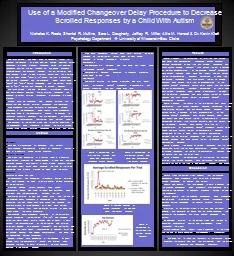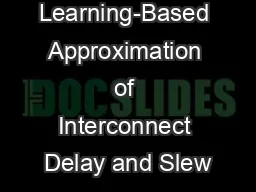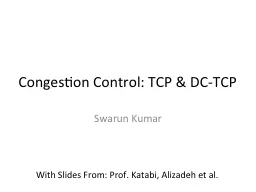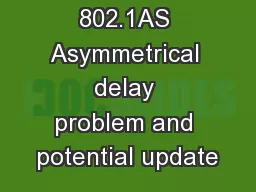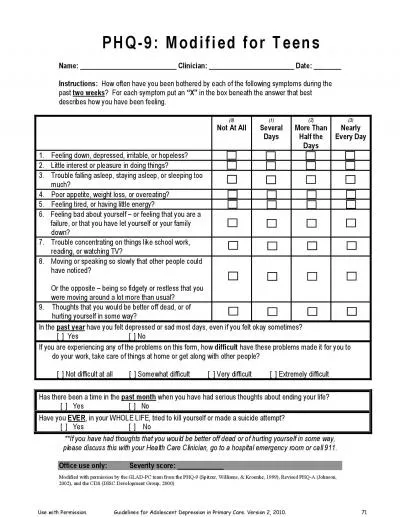PPT-Use of a Modified Changeover Delay Procedure to Decrease Sc
Author : cheryl-pisano | Published Date : 2016-05-09
Nicholas K Reetz Shantel R Mullins Sara L Daugherty Jeffrey R Miller Allie M Hensel amp Dr Kevin Klatt P sychology Department University of WisconsinEau Claire
Presentation Embed Code
Download Presentation
Download Presentation The PPT/PDF document "Use of a Modified Changeover Delay Proce..." is the property of its rightful owner. Permission is granted to download and print the materials on this website for personal, non-commercial use only, and to display it on your personal computer provided you do not modify the materials and that you retain all copyright notices contained in the materials. By downloading content from our website, you accept the terms of this agreement.
Use of a Modified Changeover Delay Procedure to Decrease Sc: Transcript
Download Rules Of Document
"Use of a Modified Changeover Delay Procedure to Decrease Sc"The content belongs to its owner. You may download and print it for personal use, without modification, and keep all copyright notices. By downloading, you agree to these terms.
Related Documents

